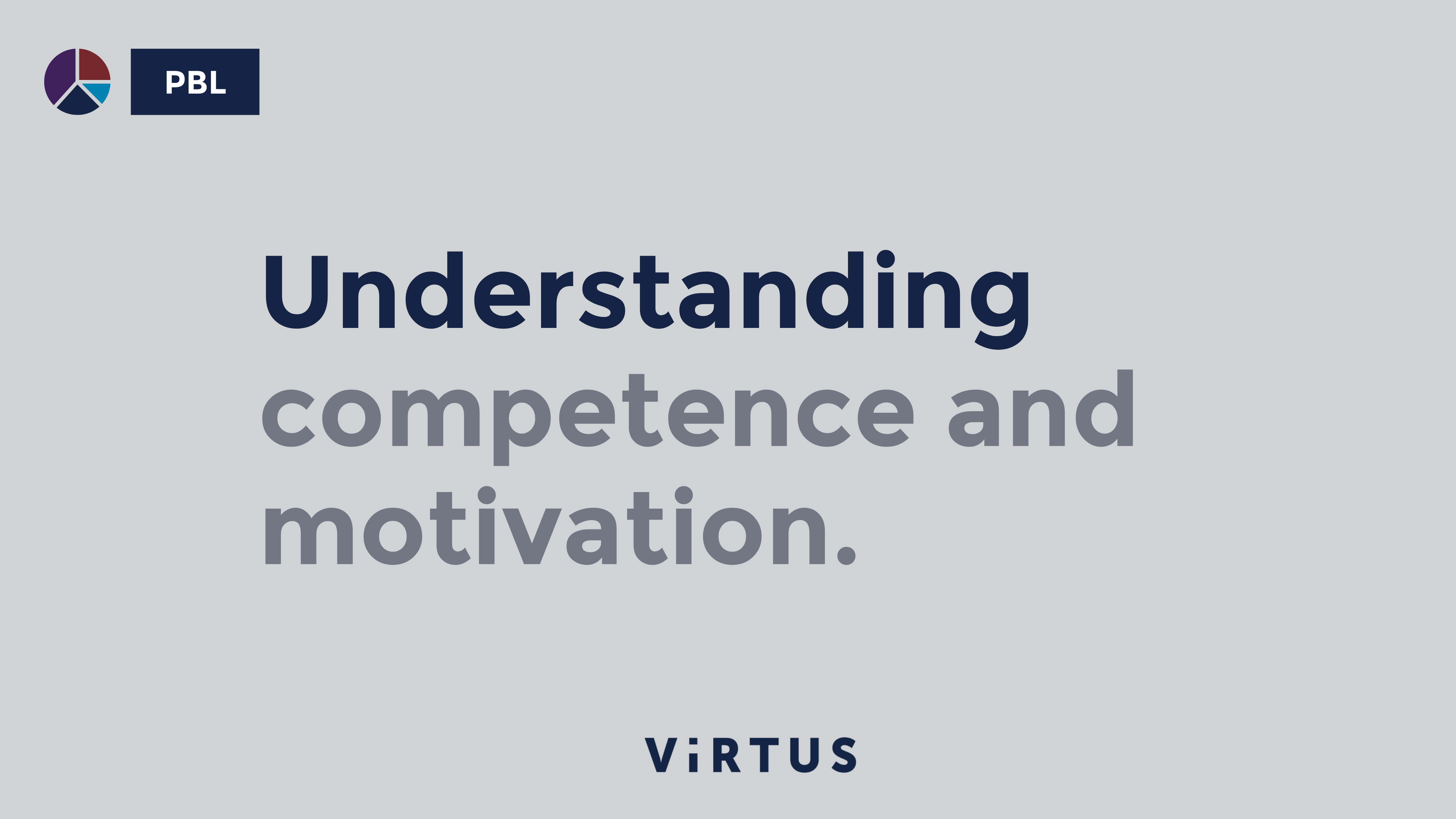
23 Aug How Do I Know I’m Using the Right Leadership Style?
Leadership isn’t a one-size-fits-all situation. The same way a coach would train a sprinter and a marathon runner differently, a leader needs to adapt their style to match an individual’s capabilities and drive. As we continue our Performance-Based Leadership series, let’s shed some light on how understanding an individual’s competence and their motivation on a given task can inform when and how we use each Leader Style.
Understanding Competence
Consider the case of Alex, a software developer. His technical skills are excellent; he writes advanced code that’s efficient and bug-free. When tasked with leading a project, however, Alex struggles with navigating team dynamics, often misunderstanding what others need, and not leveraging his internal network effectively.
At its core, competence is about more than training and experience, or how well someone knows their job. It includes a range of factors, the existence of which can vary from task to task. Understanding someone’s competence on a given task, not on their overall abilities, is the first key to leading them most effectively.
Considerations for Understanding Competence
- Technical Skills: What training, experience, knowledge and skills does the individual have on the task or project? How proficient are they at it?
- Self-Awareness: Does the individual understand their strengths and weaknesses? How well will they manage their frustrations?
- Job Knowledge: Does the individual understand what a good job looks like and how it aligns with company goals?
- Organizational Influence: How capable are they at navigating the organization, building networks, and leveraging relationships to get the job done?
Based on these factors of competence, Alex would require different leadership when writing code, where he is highly competent, than when asked to lead a project, where he has low or moderate competence.
Recognizing Motivation
Now, consider Priya, a project manager. When it comes to managing projects, she’s proactive, takes ownership, and collaborates effortlessly with people and teams across the organization. She doesn’t just execute tasks; she’s passionate about them.
All of these things are indicators that Priya is highly motivated when it comes to project management tasks. Recognizing someone’s level of motivation on a given task or project, is the next piece of the puzzle to leading them effectively.
Considerations for Recognizing Motivation
- Interest in the Task: How enthusiastic and positive is the individual about the task at hand?
- Self-Confidence: How willing is the individual to take action? Do they challenge the status quo to make things better?
- Willingness to Accept Responsibility: What is the likelihood this individual will take ownership of the outcomes required? Will they foresee challenges and learn from them?
- Enthusiasm to Work with Others: How enthusiastic are they to involve others? Do they value collaboration?
Linking Competence and Motivation to your Leadership Style
As leaders, it’s important to expand our thinking beyond technical skills and capabilities to consider and include an individual’s motivation and drive to get the task done. The lower someone’s competence and motivation is, the more direction they will need. Use that same Directing style on someone with high competence and motivation, and it can feel a lot like micromanaging.
On the flip side, the higher the individual’s motivation and competence, the more appropriate it becomes to use a Delegating style.
All four Performance-Based Leadership styles are necessary at different times, and it’s important to have a handle on what style to use given that task at hand. Essentially, people with high competence and motivation would perform best with more delegation, while those with lower levels of both, require a more directive approach. A Focusing or Facilitating style can be leveraged for anyone in between.
Leadership isn’t about one-size-fits-all. It’s about understanding, empathy, and strategic decisions. With the Performance-Based Leadership method in your toolkit, you’re not taking a shot in the dark; you’re making informed choices. As leaders, our task is to ensure we are leading our teams in a way that matches their task-specific abilities and motivations.
So, the next time you’re tasked with leading, remember: evaluate, assess, and then guide with purpose.